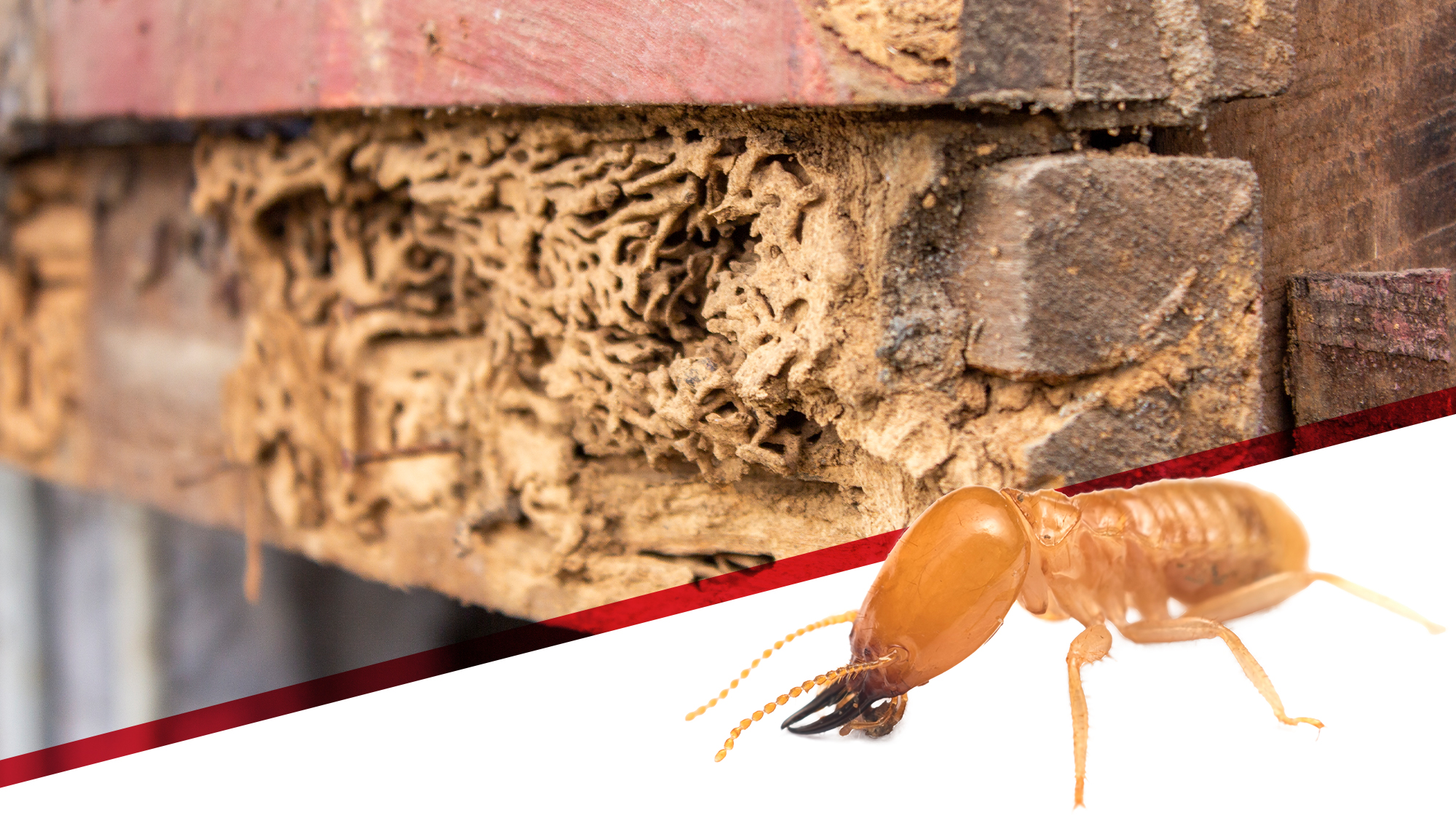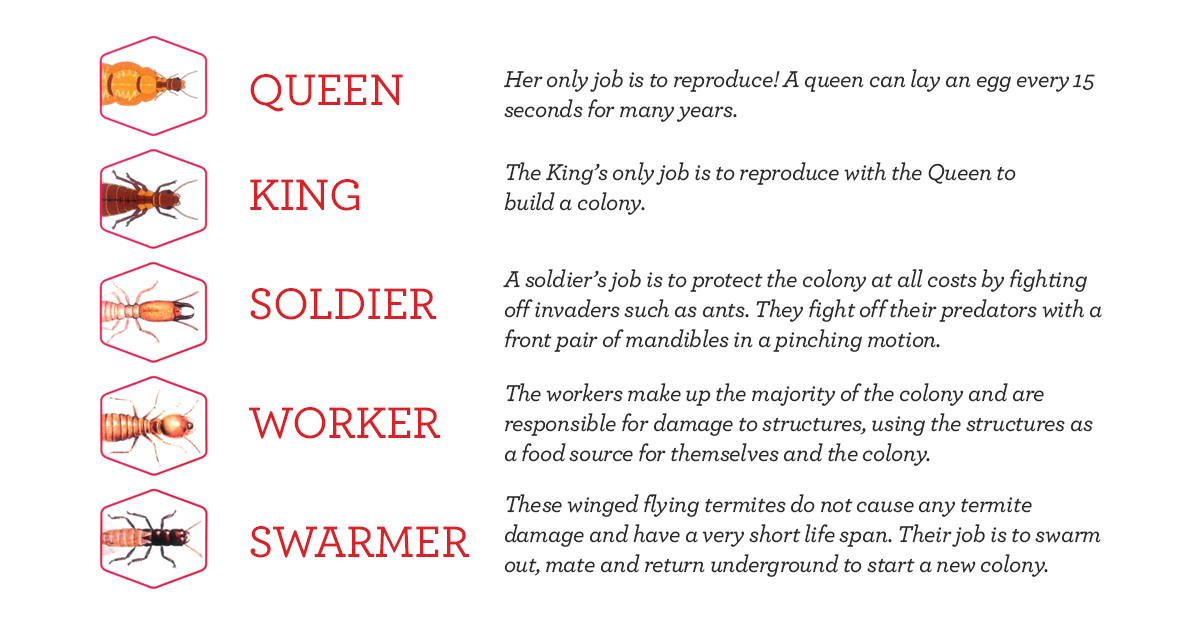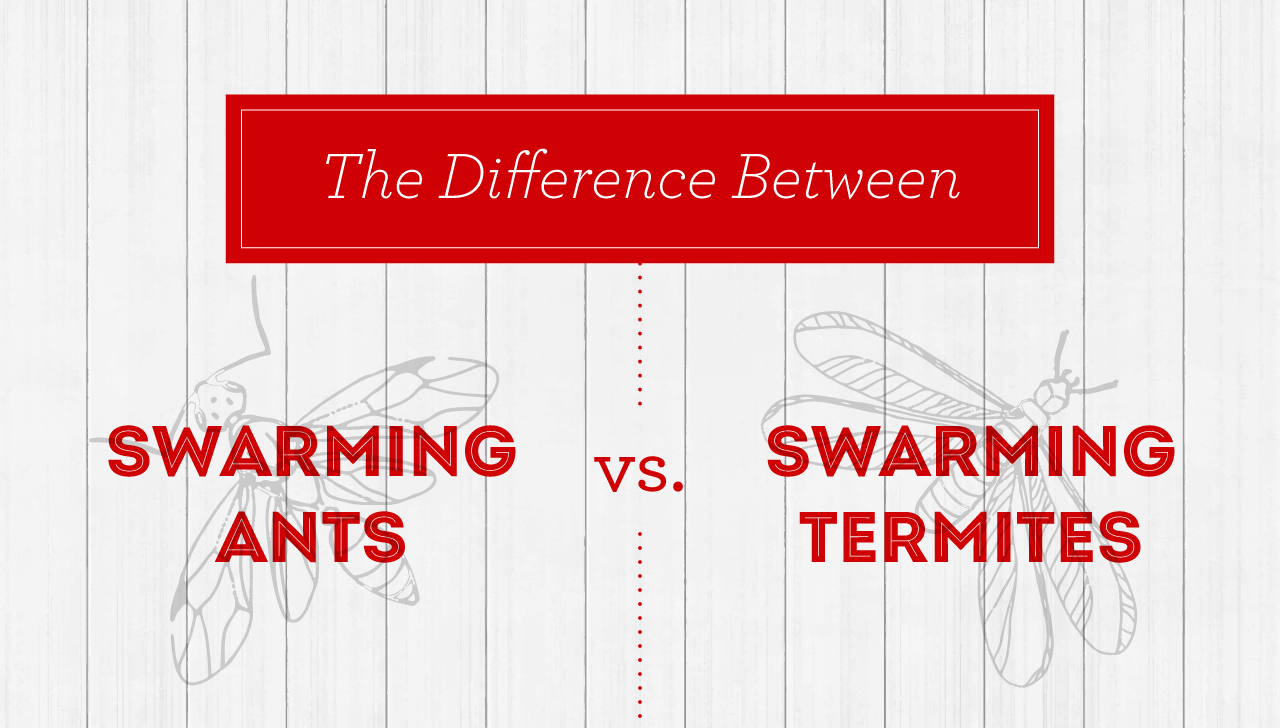
The Importance of Termite Protection for Homes and Businesses
Termite protection is crucial for both homes and businesses as it helps prevent termite damage that can be costly. Understanding the importance of termite protection is especially vital for businesses, where an infestation can disrupt operations, damage inventory, and harm the company’s reputation. Furthermore, a termite infestation can result in regulatory fines and even the company’s closure in some cases. For homeowners, a termite infestation can significantly decrease the property’s value, making it more challenging to sell in the future. Termite protection services can help businesses and homeowners by providing regular inspections, treatments and preventative measures to detect and prevent termite infestations. This investment in termite protection can save businesses and homeowners significant amounts of money, prevent disruptions to operations and protect the value of their properties.
The Importance of Understanding Termites and Investing in Termite Protection Services
Termites are small insects that can cause big problems. These pests can infest your home, feeding on wood and other cellulose materials and causing significant structural damage. If left untreated, termites can cause thousands of dollars in damage, making termite protection services an essential investment for homeowners and business owners.
Before we delve into termite protection services, it’s essential to understand termites’ behavior and habits. Termites are social insects living in colonies, usually in the ground or wood. They feed on cellulose materials like wood, paper and cardboard. In addition, termites are attracted to moisture, which is why they thrive in humid areas.
Tips for Choosing the Right Termite Protection Service Provider
When choosing a termite protection service provider, several factors must be considered to ensure that you receive effective and reliable services. Some of these factors include:
License and certification:
It’s important to choose a provider licensed and certified by the relevant authorities. This ensures they meet the required standards for providing termite protection services and have the necessary training and expertise. To see if a provider is licensed, contact your local Department of Agriculture and State Pest Control Associations.
Experience:
Look for a provider with years of experience in the industry. Experienced providers will likely encounter various types of termite infestations and have a proven track record of delivering effective services.
Treatment options:
Different providers may offer different treatment options, so it’s important to choose one that provides the type of treatment that best suits your needs. Consider the pros and cons of each treatment option and choose one that is effective, safe and affordable.
Customer reviews:
Check online reviews and ratings from previous customers to get an idea of the provider’s reputation and the quality of their services. Look for providers with positive reviews and a high customer satisfaction rate.
Warranty and Guarantee:
If your home qualifies, choose a provider that offers a warranty or guarantee for their services. This ensures that if the treatment is ineffective, they will promptly and effectively address the issue.
Choosing a licensed and experienced provider for termite protection services is important because termites can cause significant damage to your property if left untreated. An experienced provider has the necessary knowledge and expertise to detect and treat termite infestations effectively, preventing further damage to your property.
To find the right provider, consider asking for referrals from friends, family or your local real estate agent. You can also search online for local providers and compare their services, pricing and customer reviews. When contacting providers, ask about their experience, treatment options and warranty or guarantee. This will help you make an informed decision and choose a provider that meets your needs and budget.
If you’re looking for a provider that is licensed, professional and reliable, then give The Bug Man a call. We get termites before they get you.






